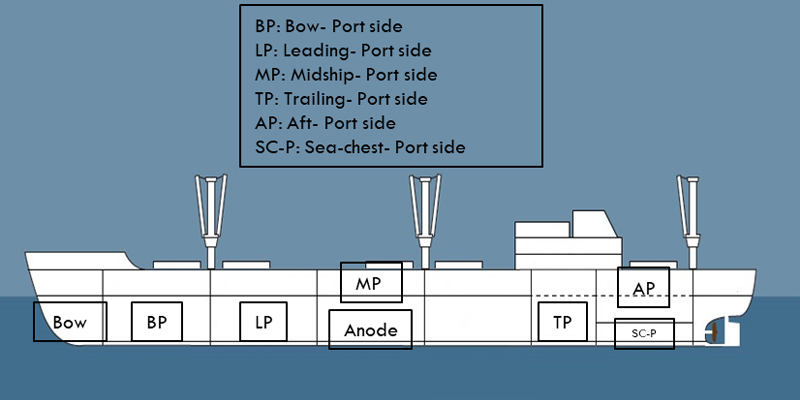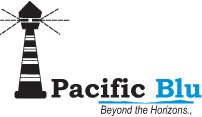Hull of Ship
Hull of a Ship –Design and Characteristics
The hull of a ship is the watertight enclosure of the ship, which protects the cargo, machinery, and accommodation spaces of the ship from the weather, flooding, and structural damage.

Bow, Stern and Stem
The forward most contour of the ship’s hull is called the bow, and the aft-most, its stern. The stem is the forward most contour part of the bow.
Forward Perpendicular
If a perpendicular is drawn at the point where the bow intersects the waterline, this imaginary perpendicular line is called the forward perpendicular. Generally, for hydrostatic calculations, the forward perpendicular is considered the forward reference of the hull.
Aft Perpendicular
The aft perpendicular can be either the perpendicular drawn through the aft side of the rudder post or through the centreline of the rudder pintles. The aft perpendicular is the aft reference line for hydrostatic calculations.
Length Between Perpendiculars (LBP)
The length between the forward and aft perpendiculars is the length between perpendiculars. The LBP at various drafts is an important factor in carrying out stability analyses.
Sheer
It is the upward curve formed by the main deck with reference to the level of the deck at the midship. It is given to allow flow of green water from the forward and aft ends to the midship and allow drainage to the bilges. The forward sheer is usually more than the aft sheer to protect the forward anchoring machinery from the waves.
Summer Load Line/ Design Draft
It is the waterline of the ship at sea water when it is at its design weight and ballast conditions; this forms the reference for all other load lines of the ship.
Length of Waterline
The length of the ship’s hull at the summer load line is the length of waterline for the ship. This plays a vital role in the calculation of hydrostatics of the ship and propeller design calculations.
Length Overall (LoA)
The length between the forward-most and aft-most point of the ship’s hull. This is used in designing the docking and undocking plans of the ship.
Hull Lines and Shape
Block Coefficient
The ratio of the ship’s underwater volume to the volume of the imaginary rectangle enclosing the underwater portion of the hull.
The value of block coefficient is 1 for a ship with the rectangular cross-section. Hence, for a typical ship’s hull form, it would be less than one. The higher the block coefficient, the fuller is the hull form (e.g. oil tankers, bulk carriers). Finer hull-forms have lower block coefficients (e.g. container ships, warships).
" cb=Volume displacement of the ship/LBP*Max. Beam*Draft "
Midship Coefficient
The midship coefficient is the ratio of the submerged area of the midship section to the enclosing rectangle.
Prismatic Coefficient, Volumetric Coefficient, etc. are basically the parameters used to define the volumetric distribution of the ship’s hull along its length. Once these coefficients are arrived at, the hull lines can be drawn. When the hull of a ship is cut into multiple sections longitudinally, that is, slicing the ship’s hull at every 2 meters starting from port to starboard, longitudinal sections at every two meters are produced. The contour of each longitudinal section is called a buttock line.
" Cm= Submerged Midship Area/Beam of Midship*Draft "
Course Stability of the Hull
The other important aspect of the ship’s hull is its directional or course-keeping performance or manoeuvrability at sea. To evaluate the manoeuvrability of the bare hull, the following aspects are considered:
- Straight Line Stability: If a ship moving in a straight line is subjected to an external disturbance, and it changes its direction but continues to move in a straight line along the new direction, without the help of the rudder, then the hull is said to have straight-line stability.
- Directional Stability: If a ship moving in a straight line is subjected to an external disturbance, and it continues to move along a new path which is parallel to the initial direction, the ship is said to possess directional stability. Directional stability is not possible without the aid of a control surface (e.g. rudder), but having straight-line stability makes it easy to attain directional stability.
Path Stability
If a ship moving in a straight line is disturbed externally, and it continues to move along the same path (after a few oscillations), it is said to have path stability. Path stability, like directional stability, can only be attained if straight-line stability is achieved.


